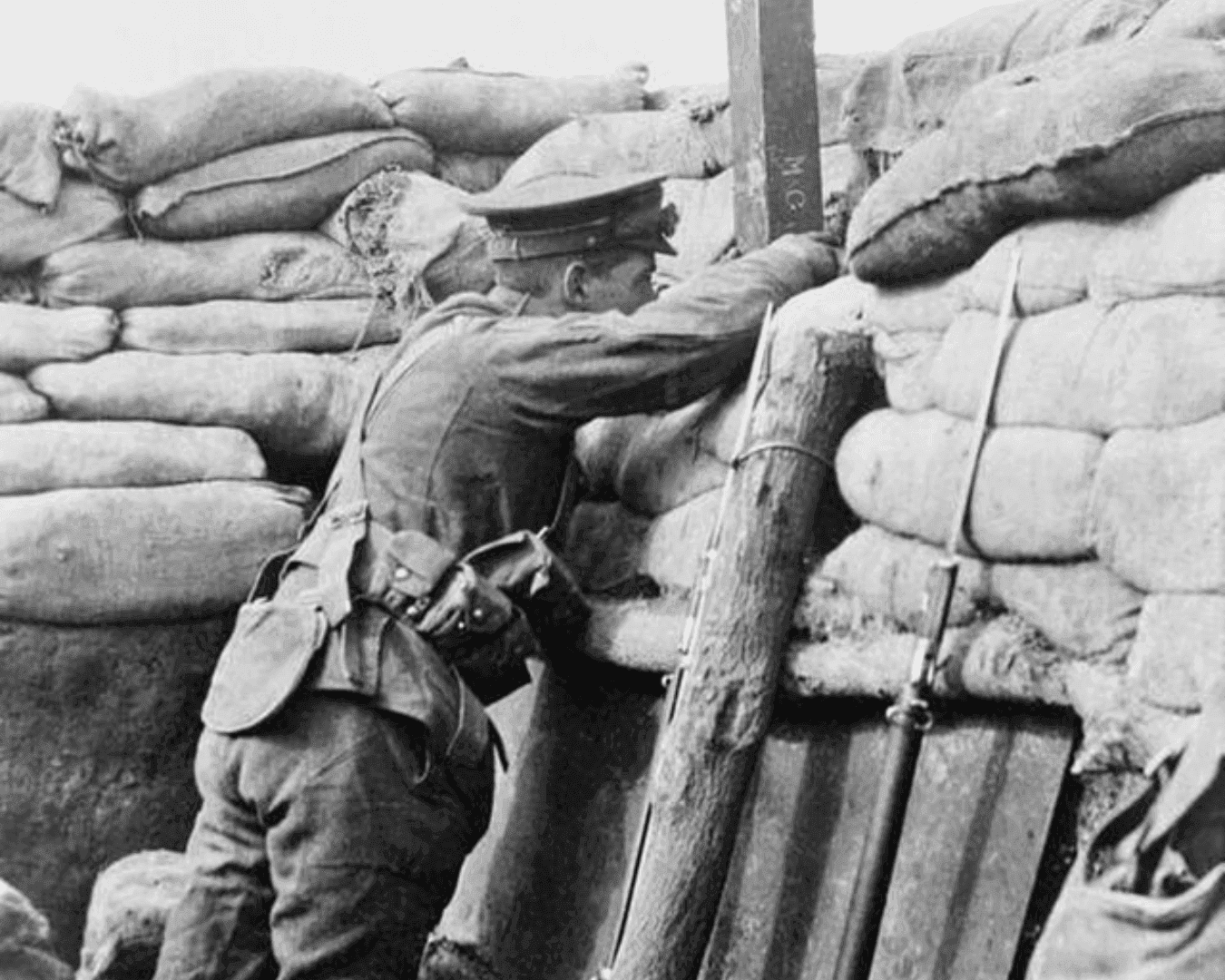Cornwall's War History
Despite its remote location, Cornwall has played a significant role in many of Britain’s wars over the centuries.
Its strategic coastal position made it a vital defensive stronghold, as seen in the numerous fortifications that still stand today. Cornwall's harbours also served as important naval bases, shaping its military importance. Visitors can explore these historic landmarks and delve deeper into Cornwall’s military past at various museums across the county. You may even uncover hidden stories and forgotten secrets in unexpected places, offering a glimpse into the county’s extensive wartime heritage.
English Civil War (1642 - 1646)
Cornwall played a significant role in the Civil Wars, emerging as a staunch Royalist stronghold. The county's geographical isolation and the loyalty of its population meant that Cornwall remained one of the last bastions of support for the King.
Pendennis Castle, originally built by King Henry VIII in the 1540s to protect England against invasion from the Holy Roman Empire and France, played an important role in the conflict. It became the second-to-last fortress to surrender to the Parliamentarian forces, holding out until 1646 after a five-month siege.
Napoleonic Wars (1803 - 1815)
Cornwall was the United Kingdom’s first line of defence in the Napoleonic Wars. Many of the region’s coastal forts were re-commissioned to defend the country’s borders. During this time, the Royal Mail packet ships were based in Falmouth harbour and played a crucial role in relaying intelligence on French naval movements and defences.
Pendennis Castle, and nearby St Mawes Castle, were once again prepared for action, though they saw no direct combat during this period. However, St Michael’s Mount made a significant contribution. Its cannons helped intercept a French vessel, leading to the ship’s capture on Marazion beach. Visitors to St Michael’s Mount can explore its history, including a display of a fragment of Napoleon’s jacket from the Battle of Waterloo, a unique memento of Cornwall's connection to this pivotal time.
Anglo-Boer War (1899 - 1902)
Emily Hobhouse, from Liskeard in Cornwall, became a key figure in exposing the horrors of the Boer War – such as the British Army’s scorched-earth policy that destroyed farms, crops, and homes, and the use of concentration camps for civilians. As secretary of the women's branch of the South African Conciliation Committee, she set up the Distress Fund for South African Women and Children. Upon visiting the camps, Hobhouse was appalled by the conditions and tirelessly campaigned to raise awareness, bringing the plight of the Boers to the attention of the British public and media.
You can see her restored family home, learn more about her work and the experiences of Boer women and children at The Story of Emily museum.
World War I
The arrival of the First World War brought with it further arming of coastal defences. Like in the rest of the country, Cornish men were conscripted for military service. However, according to Major Bawden of the Duke of Cornwall’s Light Infantry: ‘There was no county which in proportion to its numbers sent more men to serve in the forces.’ You can learn more about the regiment at Bodmin Keep, which is housed in their original barracks. Plus, exhibitions on the British Army’s role in dealing with natural disasters, the British Raj and its role in both World Wars.
Cornishmen also formed a significant part of the British Navy, whilst remaining fishermen played a vital role in keeping the nation well-fed. It is estimated that eight of ten naval men at this time were from either Devon or Cornwall.
World War II (1939 - 1945)
Cornwall played a crucial role in the Second World War, both by air and sea. Airfields were established across the county, with aircraft escorting heavy bombers on raids over Europe and conducting patrols to detect potential enemy landings. Coastal defences were strengthened, with ports protected by anti-aircraft guns, while beaches were lined with minefields, barbed wire, pillboxes, and artillery.
Cornwall also contributed significantly to D-Day. Thousands of troops, tanks, and equipment were shipped from specially constructed embarkation points along the coast to the beaches of Normandy for the Allied invasion of Europe. Trebah Gardens was one such site, where troops embarked, and it also served as an ammunition depot. Today, visitors can swim from the same beach where ships once launched.
For a deeper exploration into Cornwall’s fascinating military and cultural history, click below. Discover Cornwall’s historical landmarks, heritage sites, and events that bring the county’s rich past to life
Stay connected
Find us on socials and stay connected with the Cornwall you love.
We use cookies to personalise content and ads and to analyse our traffic. You consent to our cookies if you continue to use our website. (Privacy Policy)








